Welcome to Cascadia
You see a lot of flags and banners at Whitecaps games in BC Place stadium but there’s one symbol that is repeated in the home venues of the Seattle Sounders and the Portland Timbers as well. It’s a blue, green, and white flag with a big silhouette of a tree down the middle. Known as the “Doug Flag”, the tree being a Douglas Fir, it represents the idea of Cascadia — a whole new country in the Pacific Northwest.
The name Cascadia is taken from Cascades like the Cascade Mountain Range (that spans from Northern California to BC) or the Cascade Rapids. However it wasn’t until I started following Major League Soccer that I heard the word “Cascadia” used so often. Road trips to Cascadia, the Cascadia Cup, and Cascadian folk anthems popping up on YouTube.
In these instances, Cascadia is a symbol of solidarity with those who share our Pacific Northwest coast. In others, the notion of a nation of Cascadia is taken very seriously.
There is a Cascadian Independence Project that includes a social movement to celebrate “the things that define our unique regional character” such as bio-diversity, geography, geology, history, culture, and more.
“We are not a political movement because in many respects, we as Cascadians already form a nation,” the social movement states. “Not in the sense that we have a military, or rigidly defined borders that would be defended to the death. No, Cascadia is a nation in the sense it is a gathering of individuals and communities who reflect similar desires and needs, a unique cultural identity and most importantly, a common future.”
The idea of a nation on the Pacific Coast of North America is not a new one. In the 19th century border lines were fluid until the Oregon Treaty was signed in 1846 and in 1860 there were three different statements from separate influential individuals on the creation of a “Pacific Republic”. [source: A Self-Governing Dominion, California, 1849-1860]
Whatever the future of Cascadia as a district, region, nation, and fan base, we’ve always had close ties to the Pacific Northwest of the United States here in Vancouver. Many feel we can relate more to salmon-slinging at Pike Place than we can to tapping Maple Syrup and making snow pops. We know at least a dozen different ways to describe the rain, bull-kelp bulbs litter our beaches, bike lanes are busy, and brunch line-ups are always out the door.
When it comes to soccer, Seattle and Portland will remain our bitter rivals but in reality, our coastal neighbours are also our closest siblings.
Catch Vancouver WhitecapsFC vs the Portland Timbers this Saturday live from JELD-WEN Field in Portland at 7:30pm on Sportsnet Pacifc and TEAM Radio.

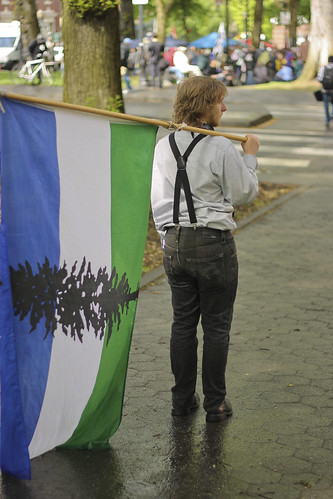
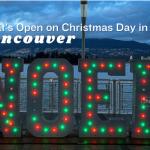
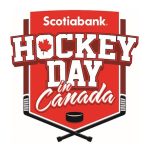
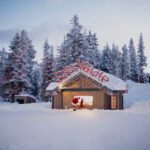
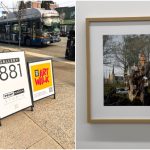

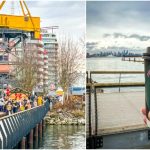
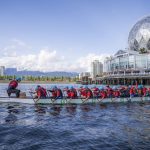
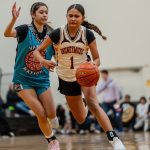


4 Comments — Comments Are Closed
This reminds me of the renaming of the Salish Sea to recognize the fact that it’s one sea regardless of international borders. Have you come across the book “Islands in the Salish Sea”? It only covers Canadian islands sadly, not the San Juans, but it’s a very beautiful and informative book: http://www.amazon.com/Islands-Salish-Sea-Community-Atlas/dp/189489832X
Viva Cascadia!! Jah bless!
So much pride swells in my heart when I read about Cascadia while so far away from home… Thanks for the post and photos! My great(x5) grandfather was a fur trapper who settled in the Willamette Valley in the early 1800s. I love this land.
[…] http://www.miss604.com/2012/08/welcome-to-cascadia.html […]